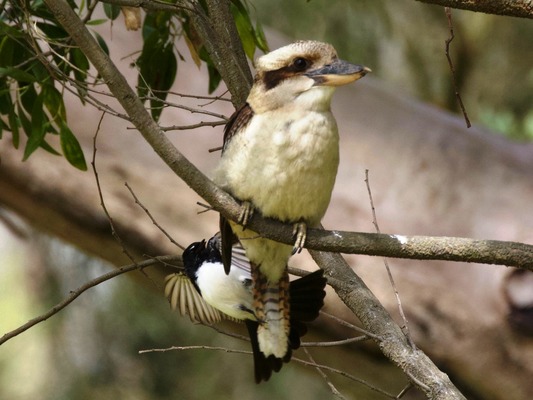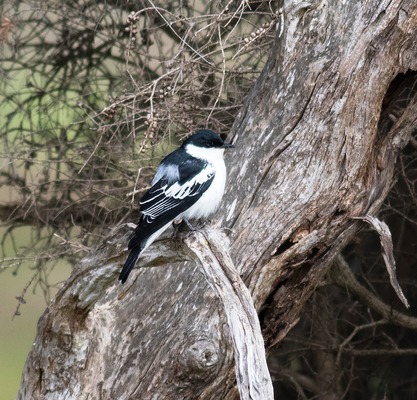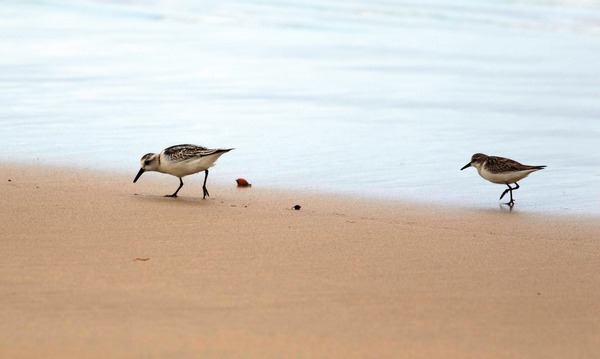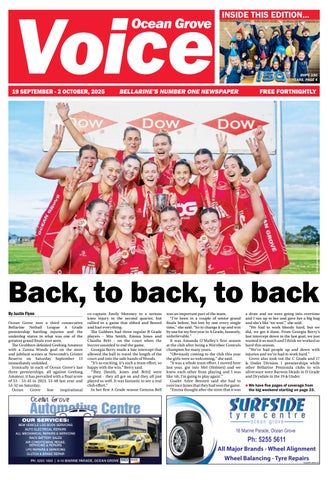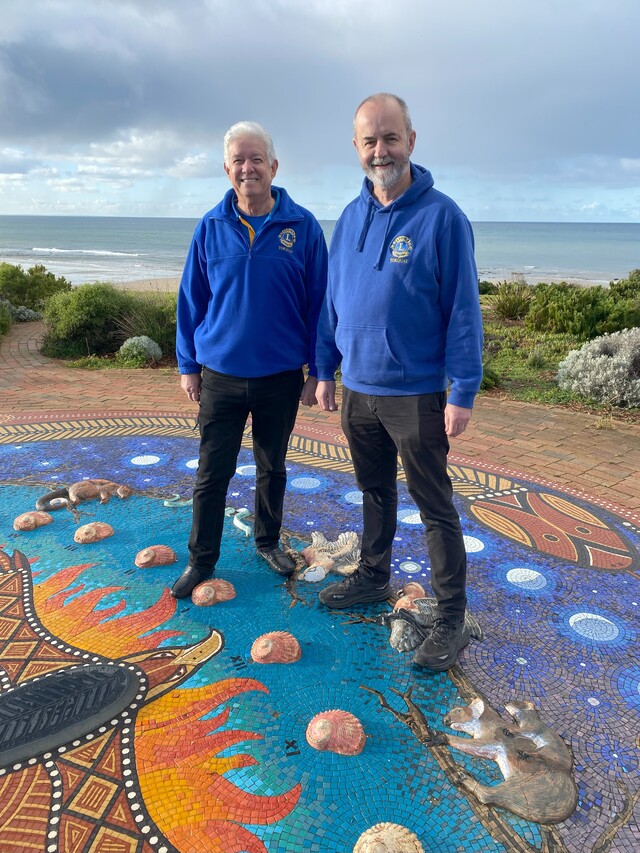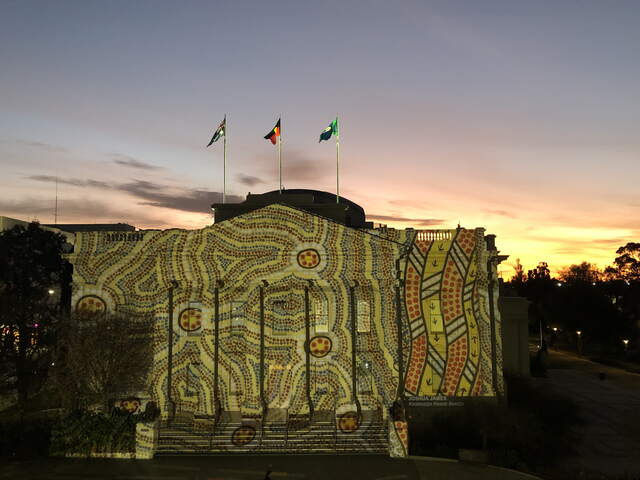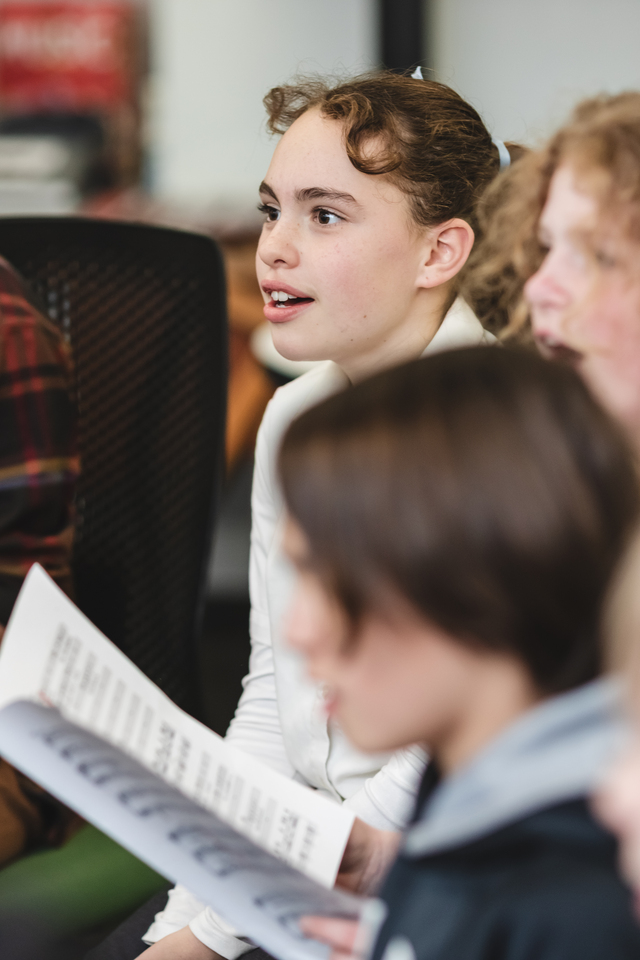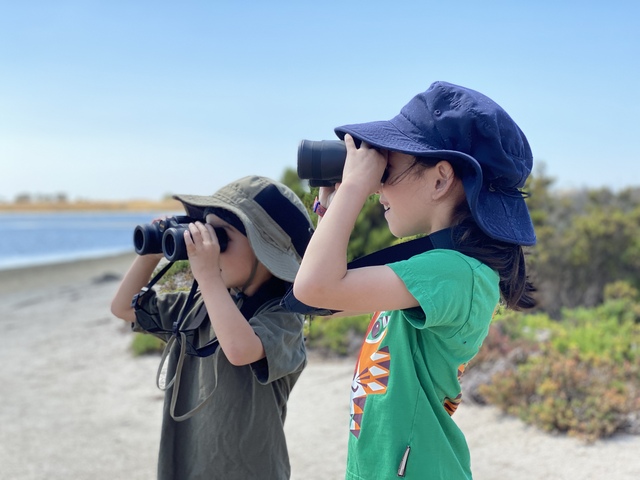I’ve been thoroughly enjoying the spring conditions on the Bellarine.
There has been rain and even hail which has been lovely, but there has been no spring rain in central NSW and Queensland, where the drought conditions are dire.
The killer and the chiller and the thriller over the past few weeks have been the high numbers of white-winged trillers being spotted around Victoria, including on the Bellarine.
Numbers of these birds are higher in Victoria than they have been for several years. The white-winged triller is a small, slender bird, of a similar size to an average honeyeater.
It gets its name from the male’s plumage, in that the male is black above and white below, with black-and-white wings, including a prominent white shoulder patch. A grey rump is visible when it flies.
Females are very different, being light brown with cream edges to their wing-feathers.
In winter the white-winged triller moves as far north as Papua New Guinea, but many remain in northern Australia. In southern Australia it is classified as a nomadic migrant.
I’ve been excited to see both male and female trillers around Lake Connewarre, Wallington, and Swan Bay, in areas of open woodlands and tree-lined waterways.
I walked around the farm in Wallington where I carry out a seasonal bird survey and was amazed and excited to spot six trillers, four males an two females. A female triller was also seen and photographed at Ocean Grove Nature Reserve by Barry Lingham.
On the subject of migratory birds, I walked along 13th Beach at Black Rock, and was happy to see that a few more migratory shorebirds had arrived on the beach, including three sanderlings, seven ruddy turnstones and 40 red-necked stints.
Sanderlings look quite similar to red-necked stints, but are lighter in plumage and are a larger bird. I was happy to take a photo of both species of birds for comparison.
It was so lovely to see these birds on a beach so close to home. I haven’t seen any migratory shorebirds at Barwon River Estuary around the Ocean Grove boat ramp, but hopefully will do so soon.
Another order of birds that are active during the spring are cuckoos. I was extremely fortunate to visit a farm in Freshwater Creek with Ocean Grove bird enthusiast Evan.
We spotted 40 species of bird on the farm, including a shining-bronze cuckoo, Horsfield’s-bronze cuckoo, dusky woodswallow, Australian reed-warbler, little eagle, and crested-shrike tit.
Evan offered to take me to the farm to look at the cuckoos that hang around the pine trees near the dairy, and the shining-bronze cuckoo obliged by showing up as soon as we arrived. Thanks so much Evan for the Freshwater Creek magic mystery tour.
I received a lovely email from Ocean Grove bird lover Lynne, who sent me a photo of a brolga sitting on a nest at Lake Goldsmith (on the way to South Australia).
Lynne stayed at Goolwa, South Australia, on a little moored paddle steamer, where there was a family of swallows flying around that were lovely company.
Lynne was surrounded by water and birds, which was so peaceful. She saw a Caspian tern, lots of whiskered terns constantly diving around, and the usual swans (some on nests), pelicans, ducks and swamphens. There were some reed warblers next to the boat for two days always warbling, which was a beautiful sound.
I received an email from Kevin, who spotted a willie wagtail harassing a Kookaburra at Winchelsea, as well as many blackbirds and cuckoos. He also caught a glimpse of a lovely eastern rosella just as he was setting off for the homeward journey.
My friend Linda, who lives in the Blue Waters Lake vicinity of Ocean Grove, has had a white-faced heron nest in her backyard, and I saw four heron fledglings in and around the nest which was situated in a tall gum tree.
The nest was a flimsy arrangement of sticks, and Linda told me that a few of the eggs had dropped out of the nest on to the ground.
The fledgling herons are big birds, and it must take a mammoth effort for the parents to feed a brood of four chicks. Both sexes share the building of the nest, incubation of the eggs and care of the young. Thanks Linda for sharing your heron chicks with me.
The single fathers around the Bellarine, notably the Australian wood duck with 13 ducklings behind Safeway in Ocean Grove, and the black swan with five cygnets at Begola Wetlands are doing a mighty job in rearing their young.

